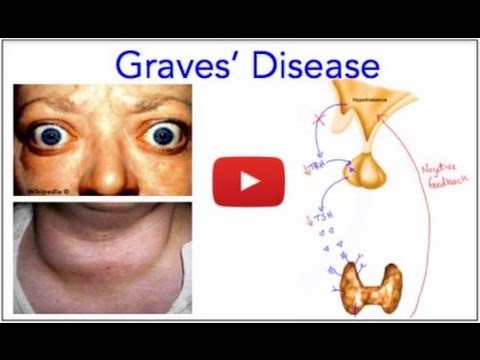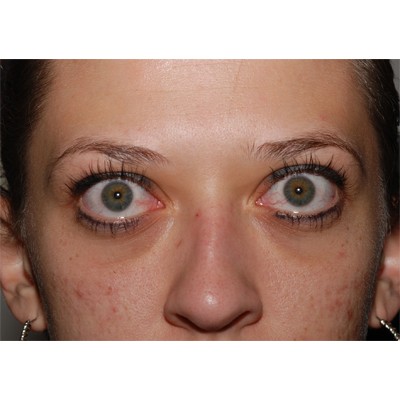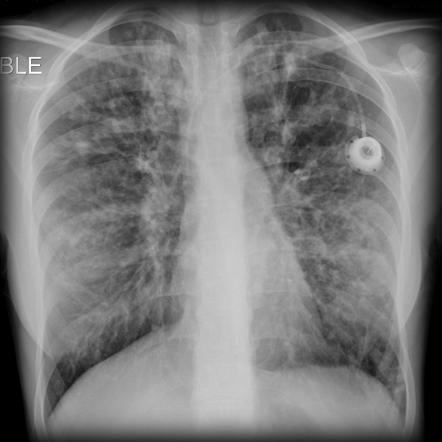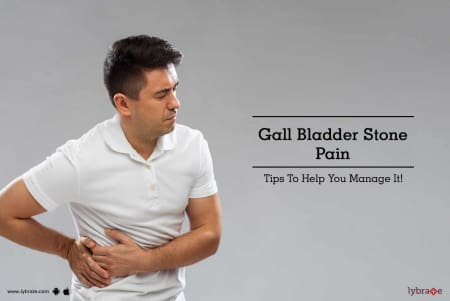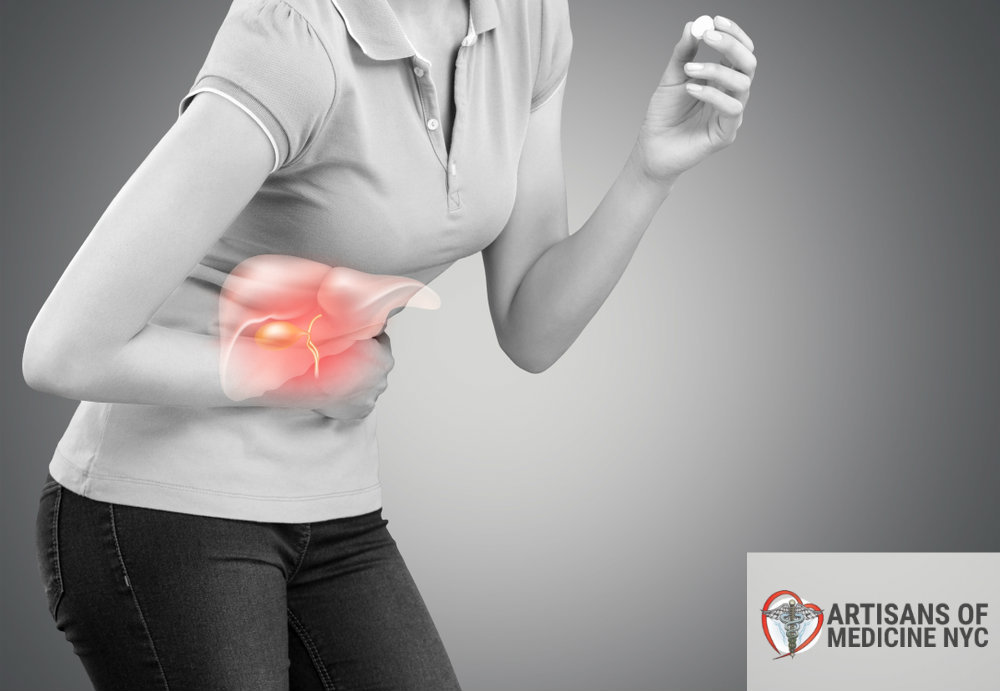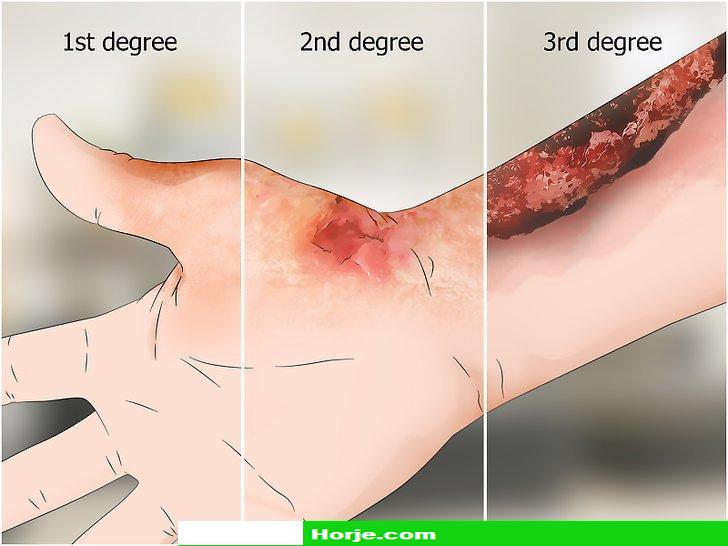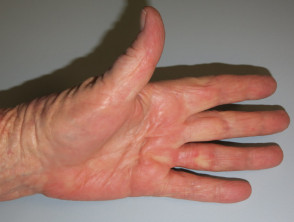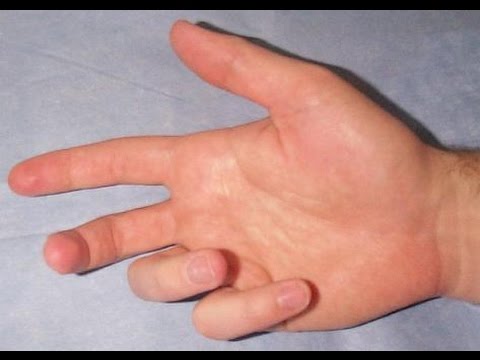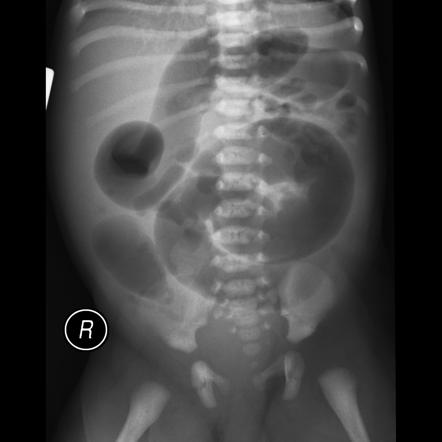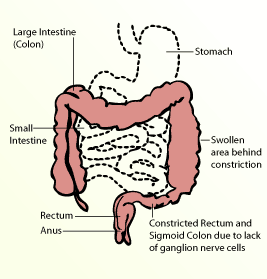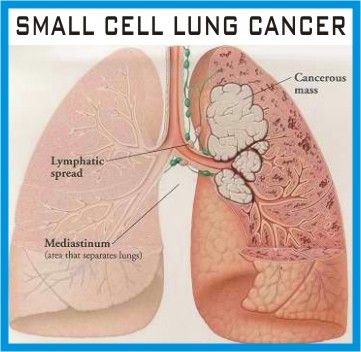
What is stage four lung cancer? Stage four lung cancer is really the last stage of the illness. Approximately 40 percent of people with lung cancer do not get diagnosed until this point in time.
Lung cancer can be either primary or secondary. If cancer has spread to the lymph nodes, it is referred to as secondary. However, if the cancer has spread from the lungs to other areas, this is known as primary.
Primary lung cancer can affect any area of the body but most often affects the lungs. The lungs become swollen and painful, and sometimes they have a foul odor. A patient may also experience coughs and chest pain, but generally does not have chest swelling. The lungs are also bruised or feel tender to touch. If cancer is left untreated, the lung can begin to collapse.
Stage four lung cancer may cause death within six months or less. However, if it has spread to other parts of the body, it can cause death within three to five years. If the patient has been diagnosed early, it is much less likely that the disease will spread. However, if the cancer has spread, it is likely that the patient will not survive for very long. Even if the cancer has not spread to other parts of the body, it may be difficult to treat if it is not detected during its early stages.
Lung cancer may also cause the lining of the lungs to become scarred or damaged. This may happen when chemotherapy is used, or if the patient does not respond well to treatment. The scarring from this type of cancer may be permanent, so patients who have had surgery will be on medications to try and prevent further damage.
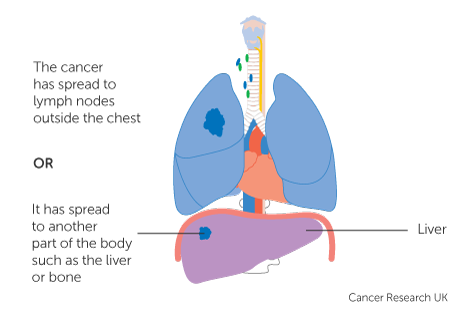
If a patient is over forty-five years old, he or she is considered to have a higher risk factor for developing the disease than someone who is younger
The reason is that as one gets older, the body starts to produce less of a hormone called bile acid, which helps with the breakdown of fats. As the fat becomes too low, it forms a deposit in the lungs, causing them to become clogged and make it more difficult for the lungs to pass air. The symptoms of this type of lung cancer include hoarseness or wheezing, chest pain and difficulty breathing, as well as coughing or chest discomfort.
Patients who do not have any symptoms should schedule an appointment with their doctor for a physical examination, a doctor exam to determine if any signs of cancer have developed, and for testing to determine whether the patient has the disease or not. It is important to be tested to detect the problem early before it worsens or if found in the beginning stages.
The four stages of lung cancer refer to the order in which the symptoms occur. Stage four is considered the worst case situation and is referred to as the very worst case scenario. Treatment options for the patient will depend on whether or not the cancer has spread to other parts of the body or if it has spread to the bones and the heart. Patients should also be treated to increase the odds of survival.
The four stages of cancer are often combined together to form a composite classification of cancer. The four types of cancer that are usually grouped together are lung, colorectal, bladder, and breast cancer. Some cancers have more than one stage of cancer. A person may develop more than one cancer at the same time, but the treatment that would be given to each type of cancer would be different.
The cancer can be diagnosed at any stage, although there are times when treatment may not be available at all. In many cases, if a patient does not experience any symptoms after the cancer has developed, it is difficult to know the stage of cancer until he or she passes away. If symptoms are present, tests may be performed to determine if they are being caused by a cancer that needs treatment or another condition. These tests may include X-rays, mammograms, and magnetic resonance imaging scans.
In most cases, four lung cancer is not fatal unless it spreads to other parts of the body, but even then it is difficult to tell if a tumor has spread or not until the cancer is more advanced and no longer responds to treatments. Doctors may decide to remove the whole lung to confirm the diagnosis, but some patients may not wish to go through surgery, which can be very dangerous and expensive.
